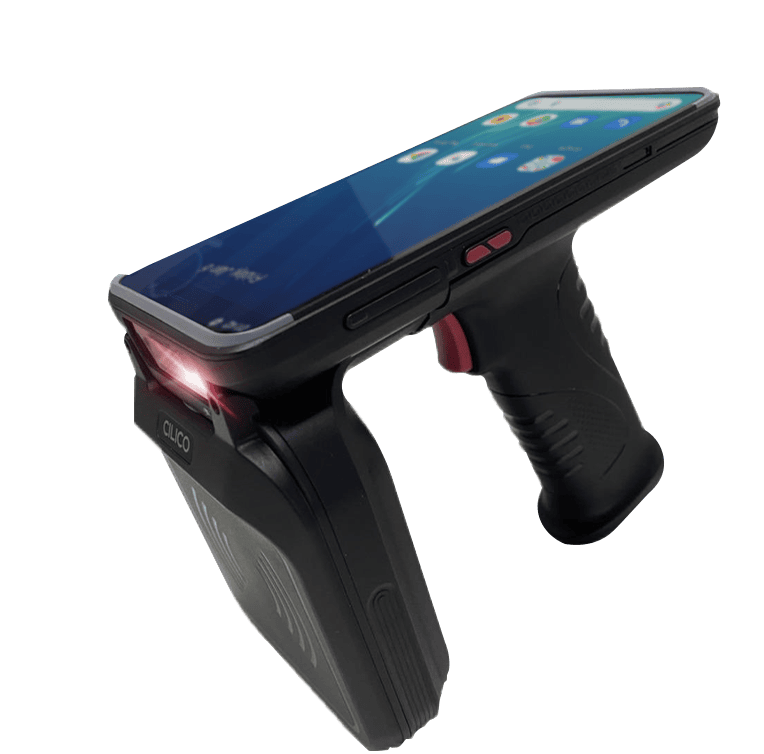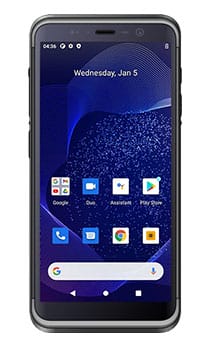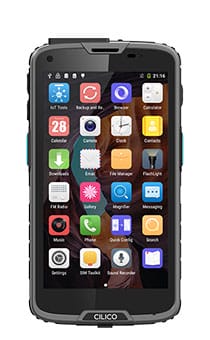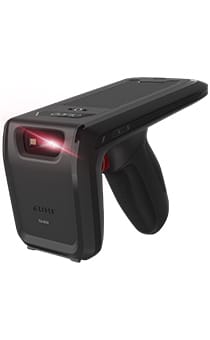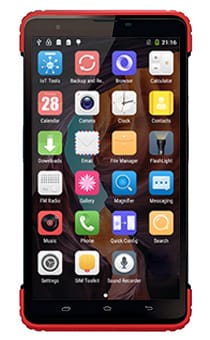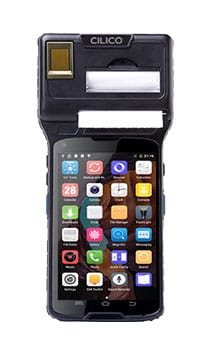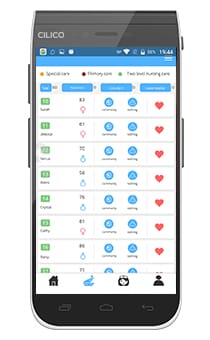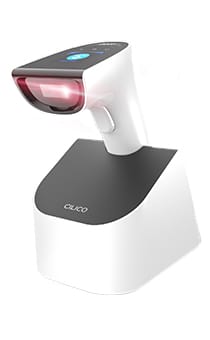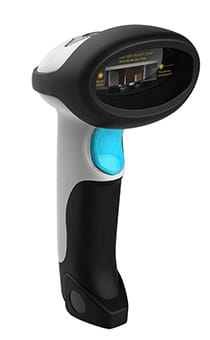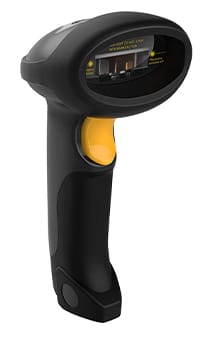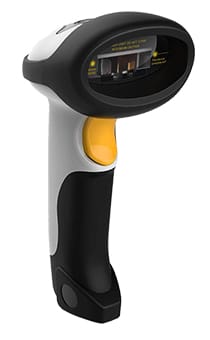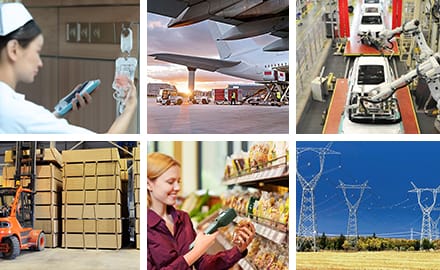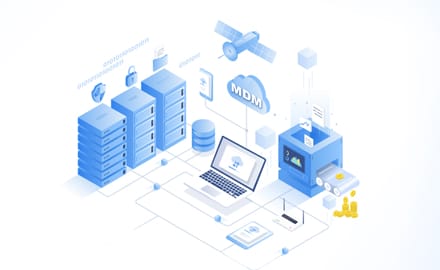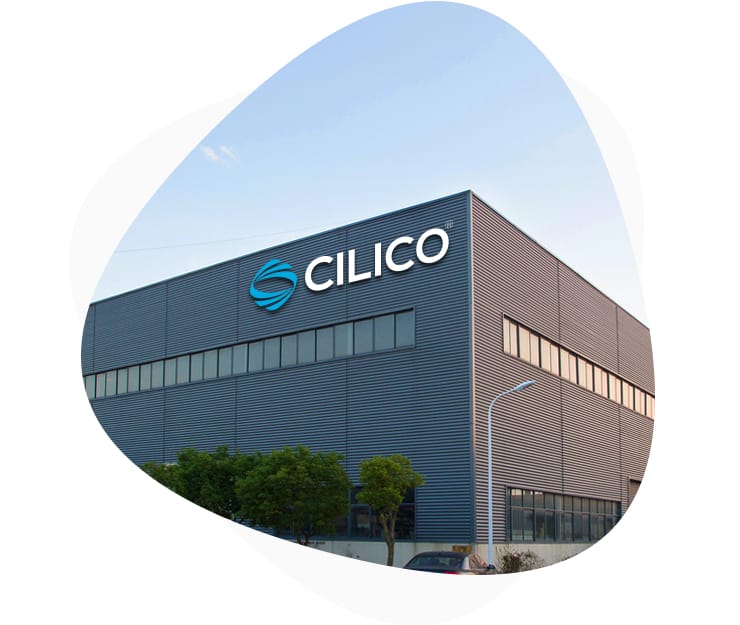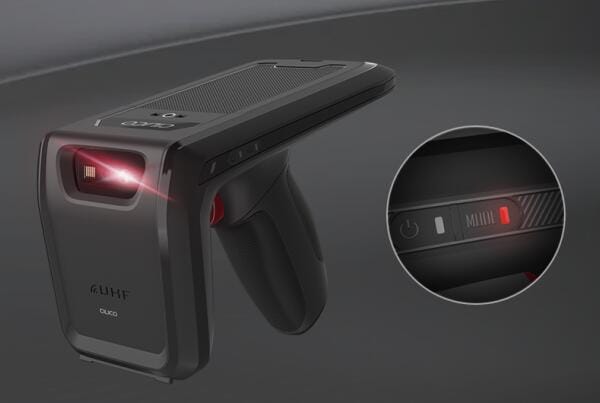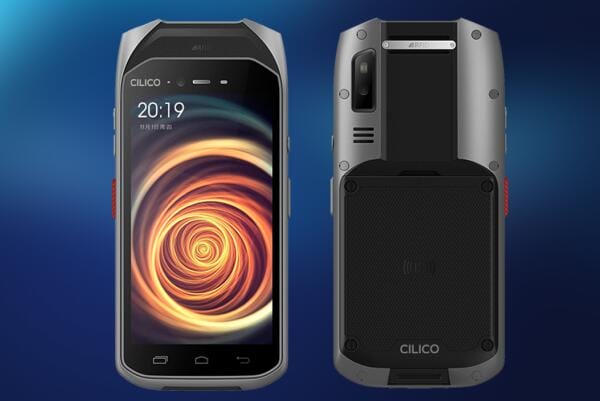- Jul 07,2022
- Tags:
BY RFID JOURNAL
In the latter half of 2021, things appear to be getting back to some semblance of normal. That's definitely true for the radio frequency identification (RFID) industry, as the need for RFID technology continues unabated.
What RFID trends and challenges can you expect for the year into 2022? There are some important trends—and some issues—facing the industry.
Handheld rfid-six RFID trends for 2021 and beyond
According to a recent RFID market report, the global market for RFID tags, readers and software is expected to reach $10.7 billion this year and expand to $17.4 billion by 2026. Here are some of the trends driving that growth.
Trend #1: UHF Tags Are Growing Fastest
UHF tags are projected to be the fastest-growing segment of the RFID market. This growth is due to the increased functionality offered. Of all the available RFID tag frequencies, UHF tags have the fastest reading speed and the longest read range—up to 150 meters (492 feet) under the right conditions. It also helps that passive UHF tags are less expensive than passive tags in the low- and high-frequency ranges.
Trend #2: RFID for Employee Credentials
Several key trends involve specific uses for RFID technology. For example, RFID is increasingly being used to create customized employee credentials. Many organizations are shifting away from the use of passwords and PINs to password-less authentication using identity access management (IAM) solutions. Such systems are typically in the form of secure smart cards that utilize RFID technology.
Trend #3: RFID for Vaccine Safety
RFID technology has proven extremely useful in handling various aspects of the COVID-19 pandemic. For example, the healthcare profession employed RFID to improve the tracking and safety of the various virus vaccines. Manufacturers, hospitals and clinics use RFID tags to trace vaccine doses and guard against expired or counterfeit vaccines.
With hundreds of millions of doses administered within a very short span of time, the technology has proven essential, both in the United States and abroad. For example, Pennsylvania's Reading Hospital used RFID tags encoded with beyond-use dating (BUD) to track COVID-19 vaccines after they left the hospital's ultra-freezer. This enabled the facility to track a dramatically increased number of doses administered per day, while reducing vaccine waste from doses stored for too long and at too high a temperature.
Trend #4: RFID for Touchless Interactions
The COVID-19 pandemic has driven the need for and acceptance of touchless interactions in a wide variety of situations, most notably the retail and food industries. In addition to the increasing use of contactless payment methods, many retailers are utilizing RFID to track items at the point of sale. This reduces the need for human contact and improves overall inventory management.
Trend #5: RFID for Logistics and Supply Chain Management
According to the market report, logistics and supply chain management are slated to be the fastest-growing applications for RFID throughout the next five years. Logistics companies are using RFID to track cargo transported by road, air and sea, as well as to monitor environmental conditions during shipment. RFID tags report when conditions are sub-optimal, so immediate action can be taken. RFID is used throughout the entire supply chain, including warehousing and delivery. The technology helps companies not only to track individual items, but also to optimize inventory and reduce costs.
Trend #6: RFID for Smart Shelving and Store Checkout
An increasing number of retailers are embracing smart shelving for improved inventory management, and smart shelving is driven by RFID technology. RFID can help retailers optimize their store layouts and speed up checkout. Some stores have eliminated manual checkout completely, instead relying on RFID and other technologies to let customers check out simply by walking out the door.
Handheld rfid computer-four challenges for the RFID industry
It might seem like it's "full steam ahead" for RFID adoption in many industries, but there are some potential speed bumps in terms of growth. Here are four key challenges facing the RFID industry, as well as how they can be overcome.
Challenge #1: Cost
In many applications, RFID is more expensive than traditional tracking methods. There's the upfront expense of RFID readers and tracking software, as well as the continuing cost of either active or passive RFID tags for each item monitored. This issue becomes less critical over time as RFID technology comes down in price, but it can still be an issue for any business making an initial RFID investment.
Challenge #2: Confusing Technology
If you're not a veteran of the industry, RFID technology can be confusing. There are different types of tags to deal with, as well as different frequencies to learn about. A business that does not fully understand all the variables could invest in the wrong technology. This problem illustrates the need for industry-wide education—you can't assume newcomers will know everything they need to know to successfully implement RFID in their businesses.
Challenge #3: Issues with Metals and Liquids
RFID isn't ideal for all applications. In particular, the technology often has difficulty attaining proper reads around some types of materials. Liquids can absorb radio signals from RFID tags, while those same radio waves can bounce off some metals, though tags do exist that will function in such scenarios. The industry needs to be clear about these limitations and continue to develop technological workarounds.
Challenge #4: Collisions
The final challenge comes with RFID reader and tag collisions when there's interference between multiple readers or reflections from multiple tags. Reader collisions can be avoided by using dense reader mode, which allows more frequencies in a small space, and work is still being done to reduce tag collisions. The following video explains RFID collisions and how anti-collision technology works.
CILICO mobile computers & readers have different designs, different size, different colors, and different configurations. It can meet the requirements from logistics, warehouse, retail stores inventory, healthcare, inspection and all kinds of industries and scenarios.
All the CILICO mobile computers & readers have Barcode & RFID high-integrated. It can solve the biggest pain points from industries for “barcodes and RFID can be used in different scenarios at the same time”, and save the cost for enterprises.
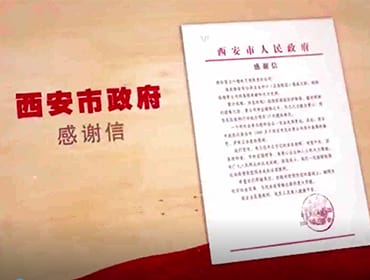
C6T temperature measurement use case video

